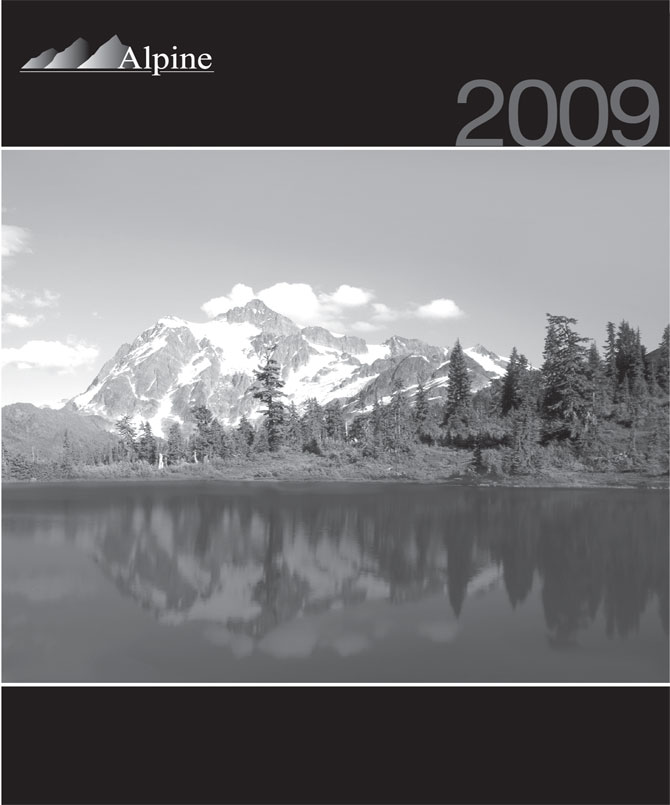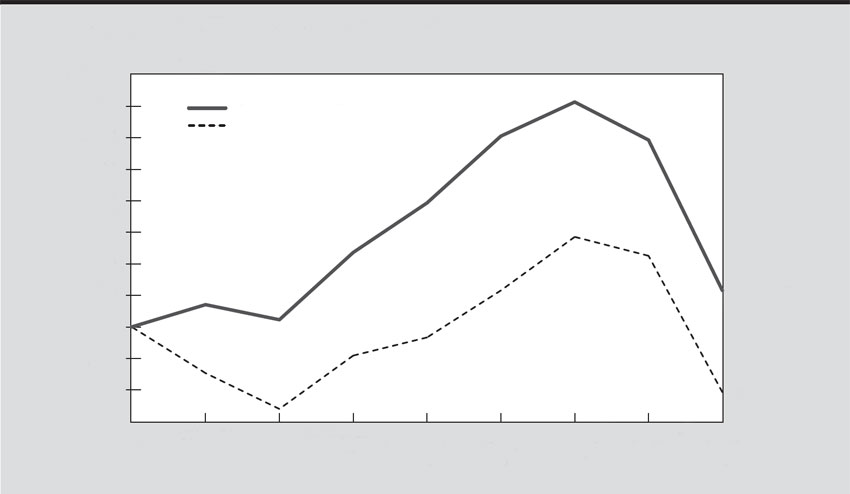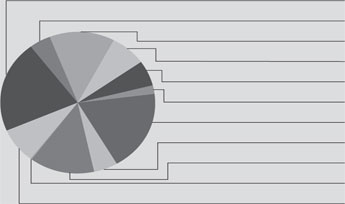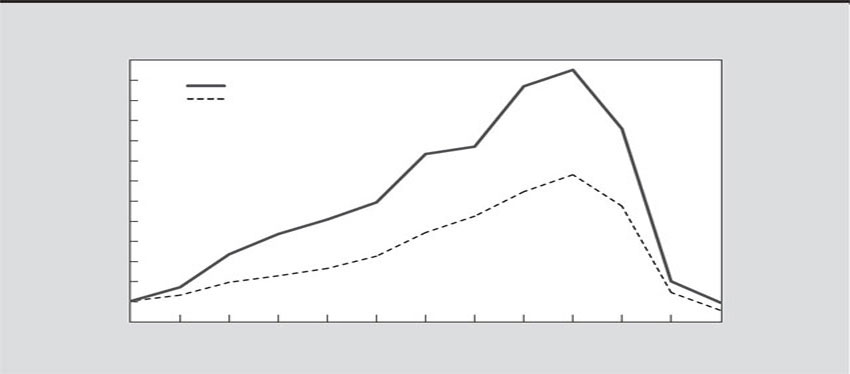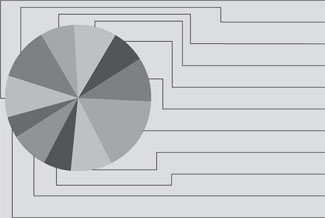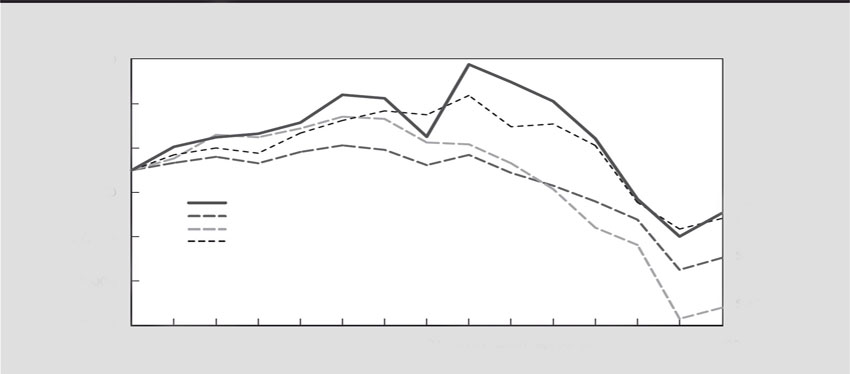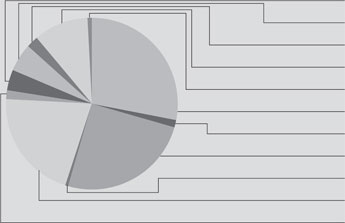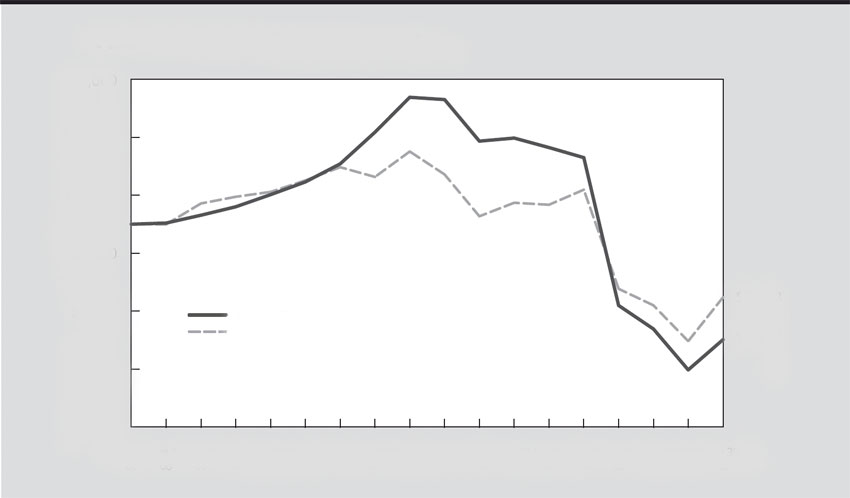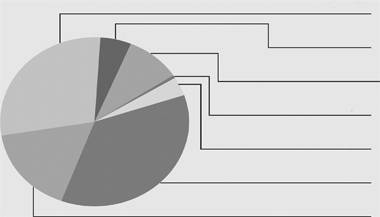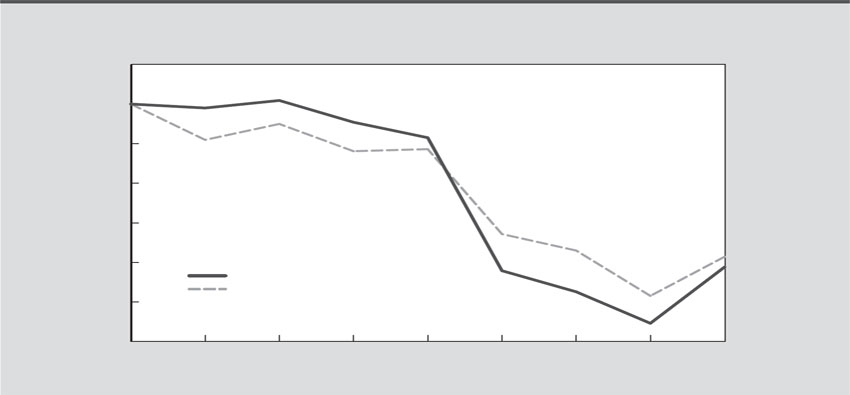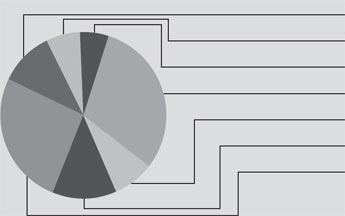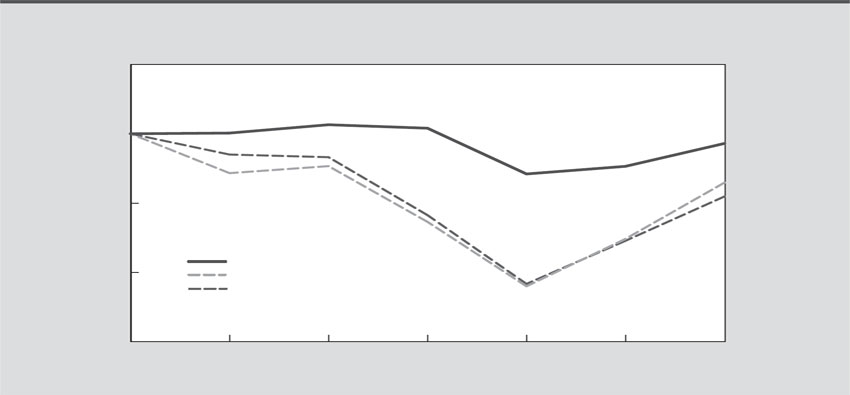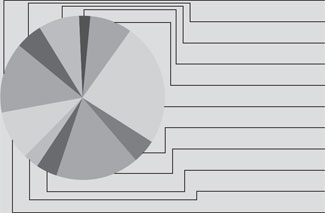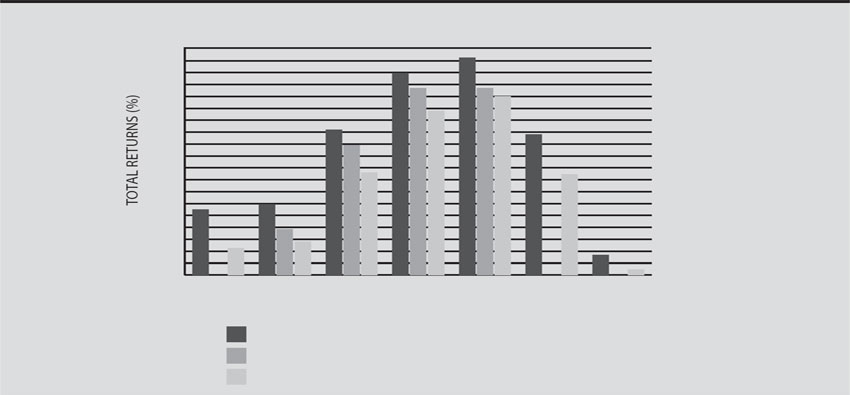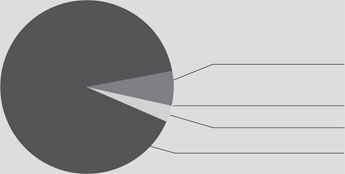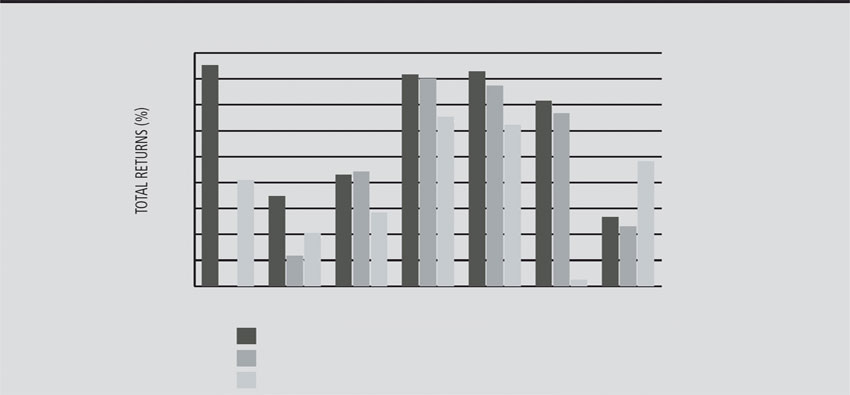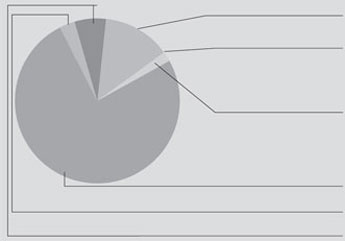|
Alpine Mutual Funds |
|
|
Additional Information (Unaudited)—Continued
April 30, 2009 |
Investment Advisor and Advisory Contract
On December 15, 2008, at a meeting called for the purpose of voting on such approval, the Boards of Trustees, including all of the Trustees who are not parties to the Advisory Contracts or interested persons of any such party (the non-interested Trustees), approved the continuance of the Advisory Contracts for the Funds. In so doing, the Board Members studied materials specifically relating to the Advisory Contracts provided by the Adviser, the Funds’ counsel and the Funds’ administrator (“USBFS”). The Board Members considered a variety of factors, including the following:
The Board Members considered the expected nature, quality and scope of the management and investment advisory services and personnel provided to each Fund by the Adviser; the rate of investment advisory fees payable to the Adviser and a comparison of the fees paid by comparable funds; the compensation (in addition to the investment advisory fees) and other benefits received by the Adviser and its respective affiliates; the Adviser’s costs in providing services; the economies of scale realized by the Adviser; the annual operating expenses of each Fund; and the policies and practices of the Adviser with respect to portfolio transactions for each Fund.
After reviewing the diligence materials provided by USBFS, the Adviser and Fund Counsel, the Board began a discussion to assess the overall quality of services. The Board considered the Adviser’s specific responsibilities in all aspects of day-to-day management of each Fund managed by the Adviser, as well as the qualifications, experience and responsibilities of the portfolio managers and other key personnel at the Advisor involved in the day-to-day activities of each Fund. The Board also considered, with regard to each Fund, the prior relationship between the Adviser and the Fund, as well as the Board’s knowledge of the Adviser’s operations. The Trustees also considered the Adviser’s marketing activity and commitment to Fund growth. The Trustees also considered the structure and effectiveness of the Adviser’s compliance procedures and the Adviser’s record of willingness to meet in person with the Trustees to discuss various performance, marketing and compliance issues. The Trustees also noted any services that extended beyond portfolio management, and they considered the trading capability of the Adviser.
The Board Members also evaluated the investment performance of the Funds on an absolute basis, relative to their respective benchmark indices over the last year, three years, five years, ten years and since inception (as applicable) and in comparison to their relative peer groups.
The Board Members also reviewed Lipper analytical data relating to average expenses and advisory fees for comparable funds. Based on the information provided, the Board Members determined that each Fund’s fee structure is competitive with funds having similar investment goals and strategies.
The Board Members considered each Fund’s total expense ratios and contractual investment advisory fees compared to its respective industry average by quartile, within the appropriate Lipper benchmark category and Lipper category range. The Board Members also considered the amount and nature of fees paid by shareholders.
The Trustees also considered the overall profitability of the Adviser, reviewing certain financial information and noting in particular whether the Adviser had subsidized a Fund’s operations in its early years and whether it had recouped the amount of these subsidies. The Trustees considered both the direct and indirect benefits to the Adviser from advising the Funds. The Trustees also examined the level of profits that could be expected to accrue to the Adviser from the fees payable under the Agreements and any expense subsidization undertaken by the Adviser, as well as each Fund’s brokerage and commissions. The Board Members considered the fact that the Adviser has contractually agreed to waive a portion of its fees for the Dynamic Balance Fund, the Dynamic Dividend Fund, the Dynamic Financial Services Fund, the Dynamic Innovators Fund, the Dynamic Transformations Fund, the Accelerating Dividend Fund and the Ultra Short Tax Optimized Income Fund for a period of one year, to be reviewed again at the next Advisory Contract renewal. It was noted that each Fund’s management fee and expense ratio are within the average range compared to its peer funds.
Based on the Board Members’ review and consultation with the Funds’ independent counsel, of the material aspects of the Advisory Contracts, including the foregoing factors and such other information believed to be reasonably necessary to evaluate the terms of the Advisory Contracts, the Board Members, including all of the non-interested Trustees voting separately, concluded that the continuation of the Advisory Contracts would be in the best interest of the Funds’ shareholders, and determined that the compensation to the Adviser provided for in the Advisory Contracts is fair and equitable.
99
|
Alpine Mutual Funds |
|
|
Additional Information (Unaudited)—Continued |
April 30, 2009 |
Information about Trustees and Officers
The business and affairs of the Funds are managed under the direction of Trusts’ Board of Trustees. Information pertaining to the Trustees and Officers of the Funds is set forth below. The SAI includes additional information about the Funds’ Trustees and Officers and is available, without charge, upon request by calling 1-888-785-5578.
| | | | | | | | | | |
Independent Trustees |
|
| | | | | | | | | | |
Name and Age | | Position(s)
Held with
the Trust | | Term of Office
and Length of
Time Served | | Principal Occupation During
Past Five Years | | # of
Portfolios in
Fund
Complex* | | Other Directorships
Held by Trustee |
| |
| |
| |
| |
| |
|
Laurence B. Ashkin (80) | | Independent Trustee | | Indefinite, since the Trust’s inception | | Real estate developer since 1980; Founder and President of Centrum Properties, Inc. since 1980. | | 16 | | Board of Trustees Chairman, Perspective Charter Schools, Chicago, IL; Director, Chicago Public Radio; Trustee of each of the Alpine Trusts.* |
|
|
|
|
|
|
|
|
|
|
|
H. Guy Leibler (54) | | Independent Trustee | | Indefinite, since the Trust’s inception | | Private investor, since 2007; Vice Chair and Chief Operating Officer of L&L Acquisitions, LLC (2004-2007); President, Skidmore, Owings & Merrill LLP (2001–2004). | | 16 | | Chairman Emeritus, White Plains Hospital Center; Trustee of each of the Alpine Trusts. |
|
|
|
|
|
|
|
|
|
|
|
Jeffrey E. Wacksman (48) | | Independent Trustee | | Indefinite, since 2004 | | Partner, Loeb, Block & Partners LLP since 1994. | | 16 | | Director, International Succession Planning Association; Trustee, Larchmont Manor Park Society; Director, Bondi Icebergs Inc. (Women’s Sportswear); Director, MH Properties, Inc.; Trustee, each of the Alpine Trusts.* |
|
|
|
|
|
|
|
|
|
|
|
| |
* | The term “Fund Complex” refers to the Funds in the Alpine Equity Trust, Alpine Series Trust, and Alpine Income Trust, and Alpine Global Dynamic Dividend Fund, Alpine Total Dynamic Dividend Fund, and Alpine Global Premier Properties Fund (the “Alpine Trusts”). |
100
|
Alpine Mutual Funds |
|
|
Additional Information (Unaudited)—Continued |
April 30, 2009 |
| | | | | | | | | | |
Interested Trustees & Officers |
|
| | | | | | | | | | |
Name and Age | | Position(s)
Held with
the Trust | | Term of Office
and Length of
Time Served | | Principal Occupation During
Past Five Years | | # of
Portfolios in
Fund
Complex** | | Other Directorships
Held by Trustee |
| |
| |
| |
| |
| |
|
Samuel A. Lieber* (52) | | Interested Trustee, President and Portfolio Manager | | Indefinite, since the Trust’s inception | | CEO of Alpine Woods Capital Investors, LLC since November 1997. President of Alpine Trusts since 1998. | | 16 | | Trustee, each of the Alpine Trusts. |
|
|
|
|
|
|
|
|
|
|
|
Stephen A. Lieber*** (83) | | Vice President and Portfolio Manager | | Indefinite, since the Trust’s inception | | Chief Investment Officer, Alpine Woods Capital Investors, LLC since 2003; Chairman and Senior Portfolio Manager, Saxon Woods Advisors, LLC since 1999. | | N/A | | None |
|
|
|
|
|
|
|
|
|
|
|
Robert W. Gadsden (51) | | Vice President and Portfolio Manager | | Indefinite, since 1999 | | Portfolio Manager and Senior Real Estate Analyst of Alpine Woods Capital Investors, LLC since 1999. Formerly Vice President, Prudential Realty Group (1990-1999). | | N/A | | None |
|
|
|
|
|
|
|
|
|
|
|
John Megyesi (48) | | Chief Compliance Officer | | Indefinite, since January 2009 | | Chief Compliance Officer, Alpine Woods Capital Investors, LLC since January 2009; Vice President and Manager, Trade Surveillance, Credit Suisse Asset Management, LLC (2006-2009); Manager, Trading and Surveillance, Allianz Global Investors (2004-2006). | | N/A | | None |
|
|
|
|
|
|
|
|
|
|
|
Victor Chan (37) | | Chief Financial Officer | | Indefinite, since April 2009 | | Chief Financial Officer, Alpine Woods Capital Investors, LLC since April 2009; Audit Manager, RSM McGladrey & Pullen LLP (2004-2009). | | N/A | | None |
|
|
|
|
|
|
|
|
|
|
|
Meimei Li (45) | | Treasurer | | Indefinite, since March 2009 | | Controller, Alpine Woods Capital Investors, LLC since February 2007; Senior Accountant, Pinnacle Group (2005-2007); Senior Auditor, Eisner & Lubin LLP (2001-2005). | | N/A | | None |
|
|
|
|
|
|
|
|
|
|
|
Andrew Pappert (29) | | Secretary | | Indefinite, since March 2009 | | Director of Fund Operations, Alpine Woods Capital Investors, LLC since September 2008; Assistant Vice President, Mutual Fund Operations, Credit Suisse Asset Management, LLC (2003-2008). | | N/A | | None |
|
|
|
|
|
|
|
|
|
|
|
| |
* | Denotes Trustees who are “interested persons” of the Trust or Fund under the 1940 Act. |
| |
** | The term “Fund Complex” refers to the Funds in the Alpine Equity Trust, Alpine Series Trust, and Alpine Income Trust, and Alpine Global Dynamic Dividend Fund, Alpine Total Dynamic Dividend Fund, and Alpine Global Premier Properties Fund (the “Alpine Trust”). |
| |
*** | Stephen A. Lieber is the father of Samuel A. Lieber. |
Tax Information
The Funds designated the following percentages of dividends declared from net investment income for the fiscal year ended October 31, 2008 as qualified dividend income under the Jobs & Growth Tax Relief Reconciliation Act of 2003.
| | | | |
Dynamic Balance Fund | | | 66 | % |
Dynamic Dividend Fund | | | 57 | % |
Dynamic Financial Services Fund | | | 4 | % |
Dynamic Innovators Fund | | | 1 | % |
Dynamic Transformations Fund | | | 0 | % |
101
|
Alpine Mutual Funds |
|
|
Additional Information (Unaudited)—Continued |
April 30, 2009 |
The Funds designated the following percentages of dividends declared during the fiscal year ended October 31, 2008 as dividends qualifying for the dividends received deduction available to corporate shareholders.
| | | | |
Dynamic Balance Fund | | | 50 | % |
Dynamic Dividend Fund | | | 26 | % |
Dynamic Financial Services Fund | | | 0 | % |
Dynamic Innovators Fund | | | 0 | % |
Dynamic Transformations Fund | | | 0 | % |
Availability of Proxy Voting Information
Information regarding how each Fund votes proxies relating to portfolio securities is available without charge upon request by calling toll-free at 1-888-785-5578 and on the SEC’s website at www.sec.gov. Information regarding how each Fund voted proxies relating to portfolio securities during the most recent twelve month period ended June 30 is available on the SEC’s website at www.sec.gov or by calling the toll-free number listed above.
Availability of Quarterly Portfolio Schedule
Beginning with each Fund’s fiscal quarter ended July 31, 2004, each Fund filed its complete schedule of portfolio holdings on Form N-Q with the SEC. Going forward, each Fund will file Form N-Q for the first and third quarters of each fiscal year on Form N-Q. Each Fund’s Form N-Q is available on the SEC’s website at www.sec.gov and may be reviewed and copied at the SEC’s Public Reference Room in Washington, DC. Information on the operation of the Public Reference Room may be obtained by calling 1-202-551-8090.
102
[THIS PAGE INTENTIONALLY LEFT BLANK]
[THIS PAGE INTENTIONALLY LEFT BLANK]
| |
| TRUSTEES |
| Samuel A. Lieber |
| Laurence B. Ashkin |
| H. Guy Leibler |
| Jeffrey E. Wacksman |
| |
| CUSTODIAN |
| U.S. Bank, N.A. |
| 1555 N. Rivercenter Dr. Suite 302 |
| Milwaukee, WI 53212 |
| |
| SUB-CUSTODIAN |
| The Bank of New York Mellon |
| One Wall Street |
| New York, NY 10286 |
| |
| INDEPENDENT REGISTERED |
| PUBLIC ACCOUNTING FIRM |

| Deloitte & Touche LLP |
555 East Wells Street |
Milwaukee, WI 53202 |
|
SHAREHOLDER | INVESTOR INFORMATION | FUND COUNSEL |
1(888)785.5578 | Blank Rome LLP |
www.alpinefunds.com | The Chrysler Building |
| 405 Lexington Avenue |
| New York, NY 10174 |
| |
| DISTRIBUTOR |
| Quasar Distributors, LLC |
| 615 East Michigan Street |
| Milwaukee, WI 53202 |
| |
| INVESTMENT ADVISER |
| Alpine Woods Capital Investors, LLC |
| 2500 Westchester Ave., Suite 215 |
| Purchase, NY 10577 |
| |
| TRANSFER AGENT & |
| ADMINISTRATOR |
| US Bancorp Fund Services, LLC |
This material must be preceded
or accompanied by a current prospectus. | 615 East Michigan Street |
Milwaukee, WI 53202 |
Item 2. Code of Ethics.
Not applicable for semi-annual reports.
Item 3. Audit Committee Financial Expert.
Not applicable for semi-annual reports.
Item 4. Principal Accountant Fees and Services.
Not applicable for semi-annual reports.
Item 5. Audit Committee of Listed Registrants.
Not applicable to registrants who are not listed issuers (as defined in Rule 10A-3 under the Securities Exchange Act of 1934).
Item 6. Investments.
Schedule of Investments is included as part of the report to shareholders filed under Item 1 of this Form.
Item 7. Disclosure of Proxy Voting Policies and Procedures for Closed-End Management Investment Companies.
Not applicable to open-end investment companies.
Item 8. Portfolio Managers of Closed-End Management Investment Companies.
Not applicable to open-end investment companies.
Item 9. Purchases of Equity Securities by Closed-End Management Investment Company and Affiliated Purchasers.
Not applicable to open-end investment companies.
Item 10. Submission of Matters to a Vote of Security Holders.
There have been no material changes to the procedures by which shareholders may recommend nominees to the registrant’s board of trustees. The registrant’s Nominating Committee policy states that any shareholder of a Fund may submit the name of a candidate by consideration by the Nominating Committee by submitting a written nomination to the Fund’s secretary in accordance with the provisions of the Fund’s Agreement and Declaration of the
2
Fund, as may be amended from time to time. The secretary will forward any such nomination to the Nominating Committee promptly upon receipt.
Item 11. Controls and Procedures.
| (a) | The Registrant’s President and Chief Financial Officer have reviewed the Registrant's disclosure controls and procedures (as defined in Rule 30a-3(c) under the Investment Company Act of 1940 (the “Act”)) as of a date within 90 days of the filing of this report, as required by Rule 30a-3(b) under the Act and Rules 13a-15(b) or 15d-15(b) under the Securities Exchange Act of 1934. Based on their review, such officers have concluded that the disclosure controls and procedures are effective in ensuring that information required to be disclosed in this report is appropriately recorded, processed, summarized and reported and made known to them by others within the Registrant and by the Registrant’s service provider. |
| |
| (b) | There were no changes in the Registrant's internal control over financial reporting (as defined in Rule 30a-3(d) under the Act) that occurred during the second fiscal quarter of the period covered by this report that has materially affected, or is reasonably likely to materially affect, the Registrant's internal control over financial reporting. |
| |
Item 12. Exhibits.
| (a) | (1) Any code of ethics or amendment thereto, that is the subject of the disclosure required by Item 2, to the extent that the registrant intends to satisfy Item 2 requirements through filing an exhibit. Not applicable. |
| |
| | (2) A separate certification for each principal executive and principal financial officer pursuant to Section 302 of the Sarbanes-Oxley Act of 2002. Filed herewith. |
| |
| | (3) Any written solicitation to purchase securities under Rule 23c-1 under the Act sent or given during the period covered by the report by or on behalf of the registrant to 10 or more persons. Not applicable to open-end investment companies. |
| |
| (b) | Certifications pursuant to Section 906 of the Sarbanes-Oxley Act of 2002. Furnished herewith. |
| |
3
SIGNATURES
Pursuant to the requirements of the Securities Exchange Act of 1934 and the Investment Company Act of 1940, the registrant has duly caused this report to be signed on its behalf by the undersigned, thereunto duly authorized.
| | (Registrant) | Alpine Series Trust | |
| | | | |
| | By (Signature and Title)* | /s/ Samuel A. Lieber | |
| | | Samuel A. Lieber, President |
| | | |
| | Date 7/06/2009 | |
Pursuant to the requirements of the Securities Exchange Act of 1934 and the Investment Company Act of 1940, this report has been signed below by the following persons on behalf of the registrant and in the capacities and on the dates indicated.
| | By (Signature and Title)* | /s/ Samuel A. Lieber | |
| | | Samuel A. Lieber, President |
| | | |
| | Date 7/06/2009 | |
| | | |
| | By (Signature and Title)* | /s/ Victor Chan | |
| | | Victor Chan, Chief Financial Officer |
| | | |
| | Date 7/06/2009 | |
* Print the name and title of each signing officer under his or her signature.
4
